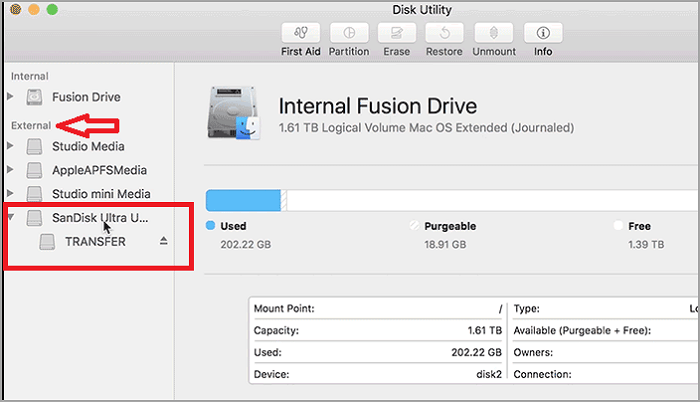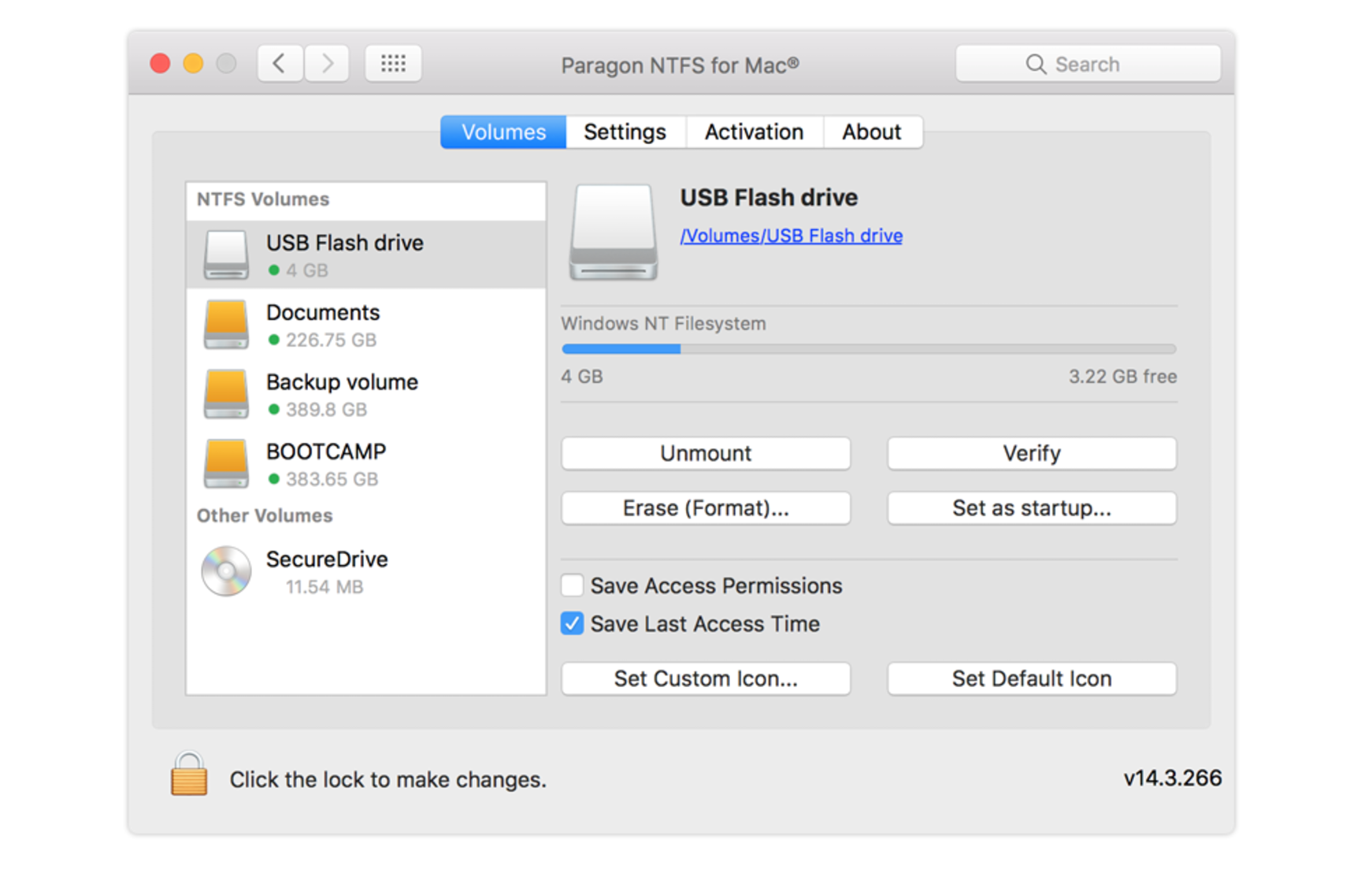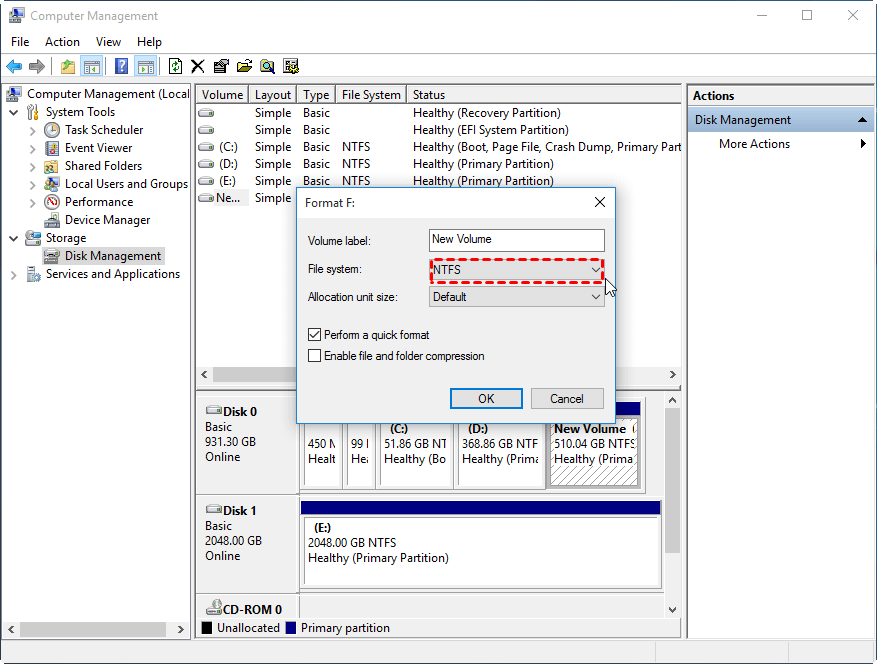

But keep in mind this step will increase the time of the format.Ħ. This will let you choose how securely you want the files to be deleted.Just move the slider to right, the further it moves, the more passes the erase feature will make meaning that the files will be removed discreetly.

Next from the drop-down menu, select the type of format you want.If the USB flash drive, has some sensitive data, click on Security tab. Now select Erase from toolbar that is situated at top of window.Next a window will drop down here type a specific name for formatted drive.ĥ.

Next navigate to Applications and select Utilities, then select Disk Utility by double-clicking on it.Ĥ. Note: – Formatting will wipe the entire data, so make sure the drive contains no important data on it. The latest MacBook Pro or MacBook Air have only USB-C type connectors, so if you have the recent Mac’s, you will require an adaptor to convert from USB-C to USB-A.Ģ. To format a USB drive, follow these steps:ġ.


 0 kommentar(er)
0 kommentar(er)
